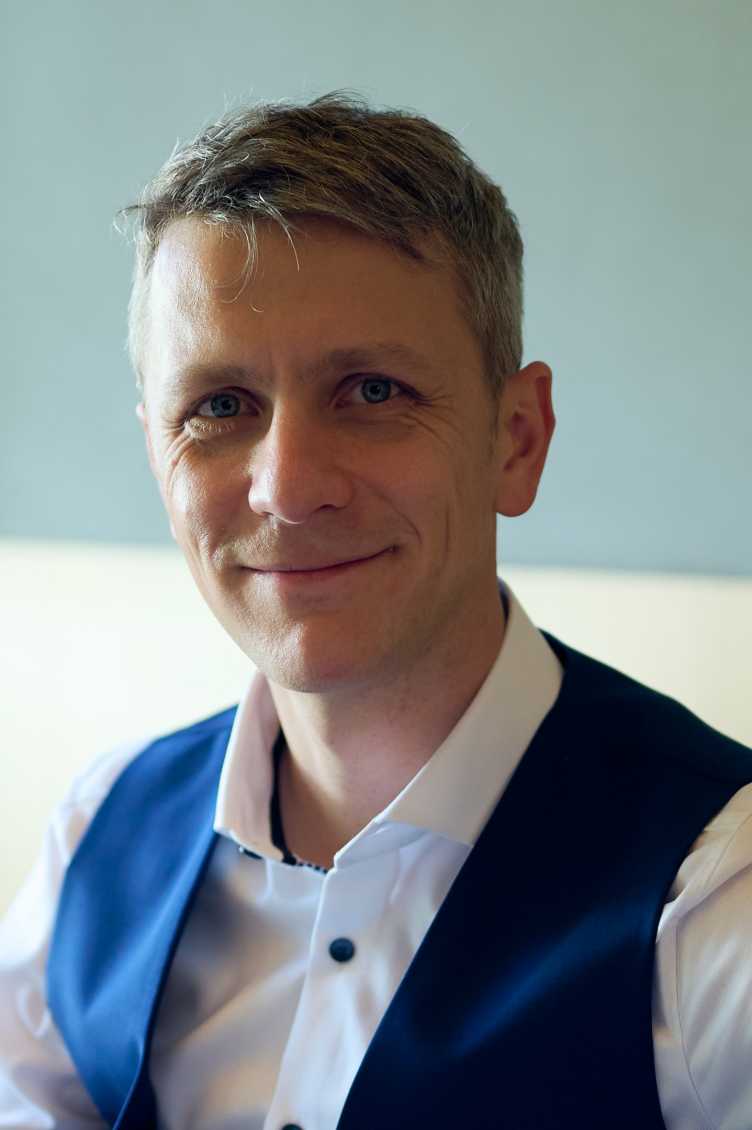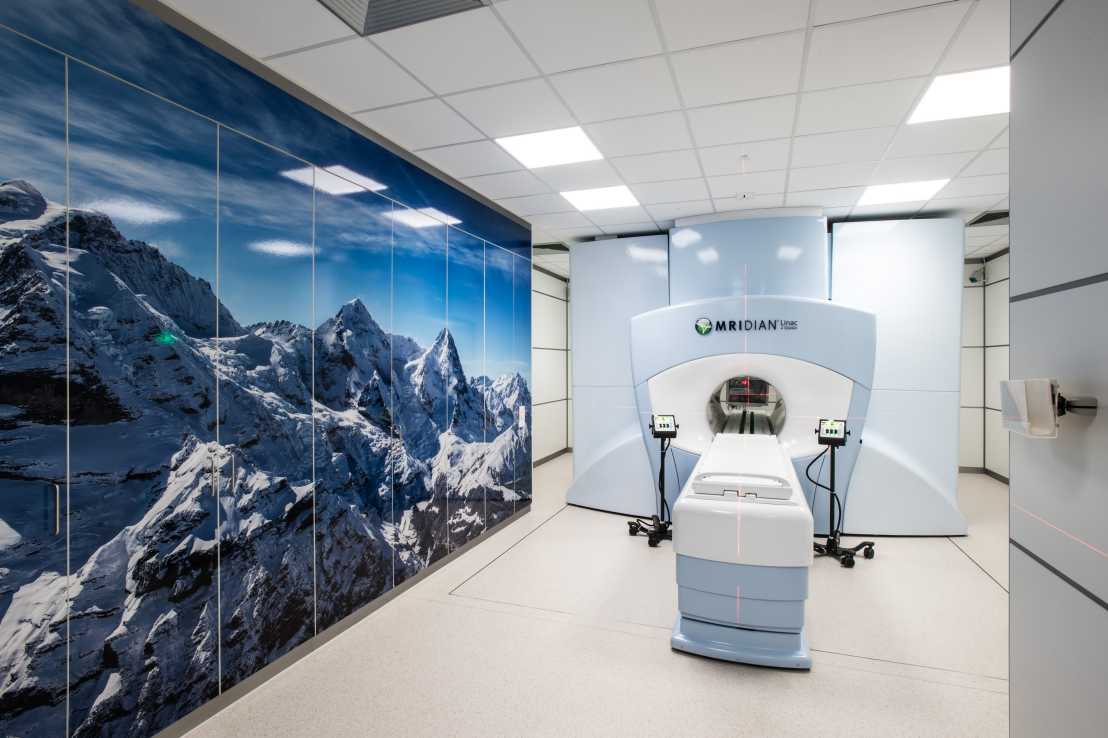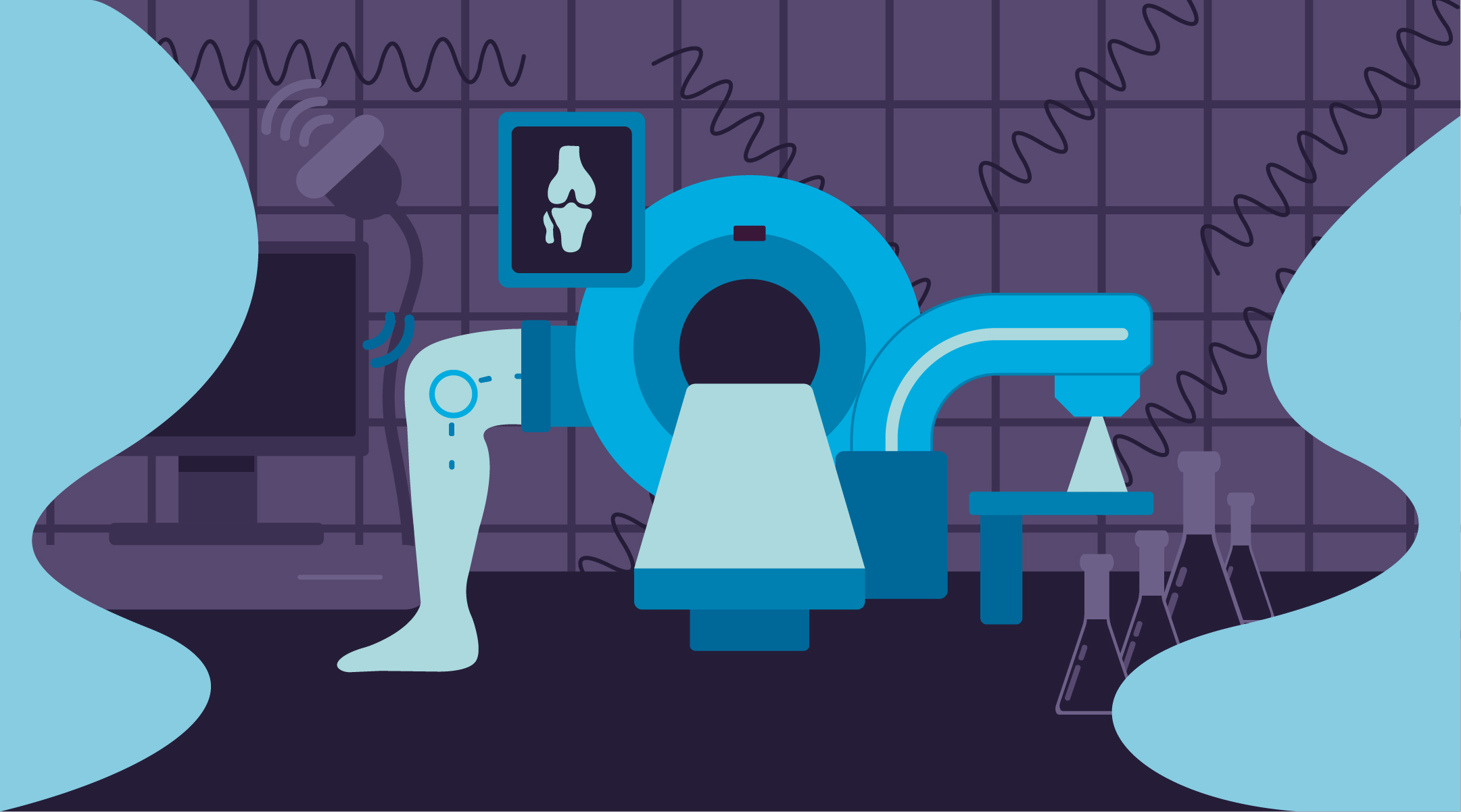Five questions to: Michael Baumgartl (graduate MAS ETH in Medical Physics)
"Inspired by the best": we are taking a closer look at what we claim to be. What are the sources of inspiration in continuing education? This time with Michael Baumgartl, a graduate of the MAS ETH in Medical Physics. He says that continuing education is not just about knowledge transfer, but that you become part of a network that brings together research, development and clinical application.
School for Continuing Education: Who or what inspires you?
Michael Baumgartl: The factors which were decisive for my studies in physics were a passionate physics teacher during my second qualification route, and curiosity regarding the many unsolved questions in the natural sciences. Towards the end of my Bachelor’s degree studies I became aware of the field of applied medical physics, and I deepened my knowledge of it in my Master’s degree programme. Here I discovered a new passion: I wanted to be part of this dynamic, interdisciplinary working environment, where I can practice clinical radiotherapy, actively design teaching and build bridges between research and application. Medical physics also gives me the opportunity to translate physics into application and make a daily contribution to the well-being of patients.
You have a Master’s degree in Physics from LMU Munich. What stimulated you to pursue continuing education in medical physics right after finishing your degree?
Persons attending the three-year course to become a medical physicist in Switzerland are urged to complete the MAS ETH in Medical Physics. Graduates of this MAS need not sit the written part of the Swiss Society of Radiobiology and Medical Physics certification examination in medical physics. The MAS programme helped me not only to extend my theoretical knowledge, but also to better understand the task and country-specific requirements which medical physicists in Switzerland face. I was also able to build a network of future medical physicists, young researchers and engineers which is very enriching on both the private and professional levels.

Michael Baumgartl trained as an aircraft mechanic and then studied physics at LMU Munich. After completing his studies he completed a three-year course in medical physics at the University Hospital Basel and attended the MAS ETH programme in Medical Physics in Zurich. He has worked at the University Hospital Zurich as an SGSMP-qualified medical physicist since 2018.
What were your expectations when you started your continuing education programme at ETH Zurich in 2014? Have they been fulfilled?
My expectations have been more than fulfilled. The work-study MAS comprises face-to-face teaching at ETH Zurich, internships at large university hospitals in Switzerland (external page CHUV, external page Inselspital Bern), a summer school Biomedical Imaging (EXCITE Zürich) und an optional radiation protection course at external page PSI. Over two years we were privileged to have alumni and experts from all over Switzerland as tutors and lecturers and to meet and talk with them as medical physics colleagues. I was conscious that the aim is not just knowledge transfer but that we are part of a network which brings together research, development and clinical application.
What elements from the MAS ETH programme in Medical Physics can you concretely apply in your work?
Medical physics ranges over many fields of application, research and development in nuclear medicine, radiology, radiotherapy, radiation protection and other industry and research group areas. The MAS ETH programme in Medical Physics was not only the ideal platform for disciplinary discussion and consolidation of knowledge, but also an optimal way to prepare for the certification examination, both theoretically and practically. We were also comprehensively equipped to take on the daily challenges facing medical physicists in radiotherapy.
Everyone is talking about digitisation. Can you briefly outline the effect of this omnipresent topic on your discipline and your daily work?

Because radiotherapy is conducted using technologically highly complex therapeutic equipment, digitisation was a factor early on. At the University Hospital Zurich we are able to treat patients using the latest scientific and medical technologies (see image: a linear accelerator to create high-energy x-rays combined with an MRI). What patients experience are the first consultation with the radiotherapist, the creation of the planning image via CT or MRI, and radiotherapy via the treatment apparatus. Further therapeutic preparation takes place in the background (individual planning of patient radiotherapy, planning discussions, patient-specific quality assurance measures and various professional control mechanisms). To improve efficiency these workflows have over the last few years been digitised, optimised, made paperless and where possible automated. For this reason the change to working at home at the be-ginning of the pandemic was actually rather easy for us. Despite this pronounced digitisation, however, most of a medical physicist’s work takes place in the analog world of the hospital.
